(originally posted over on Metaverse Health)
As promised, I wanted to spend some time going over the recent handful of peer-reviewed papers submitted for the health-focused recent issue of the Journal of Virtual Worlds Research.
First cab off the rank is the paper titled The Growth and Direction of Healthcare Support Groups in Virtual Worlds by John Norris. Its focus is a review of four virtual worlds (Second Life, Kaneva, There and IMVU) and the breadth and popularity of support groups in existence around health issues.
For the regular virtual worlds follower, there’s nothing too surprising in the findings, but they’re noteworthy all the same:
– Second Life support groups revolved predominantly around disabilities and mental health issues in regards to numbers of members.
– IMVU groups also featured mental health issues heavily,mainly due to a very popular ‘Suicide, Depression, and Relationships’ group.
– There.com skewed toward general health topics with a significant cohort of interest in the disabilities area.
– Kaneva had a slightly different focus on Gay, Lesbian and Transgender issues, as well as autism.
There is a caveat openly referred to by John Norris in his work: the numbers of participants in these groups are relatively small, particularly when compared to the burgeoning 2D health support space with its myriad discussion forums and other community mechanisms. That said, he makes some good assertions:
1. That the advent of virtual worlds provides another means for people to seek highly customised healthcare support, meaning the potential for finding the exact niche being sought is higher as adoption grows.
2. That, like any emerging area of healthcare, there needs to be more research done on the efficacy of the approach.
3. That the lack of access to good quantitative and qualitative data poses a challenge for those who see the need for more research.
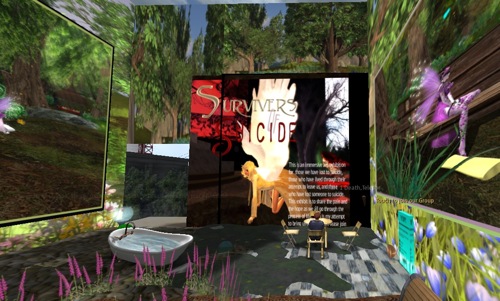
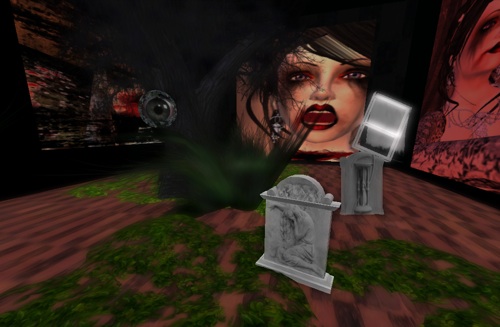
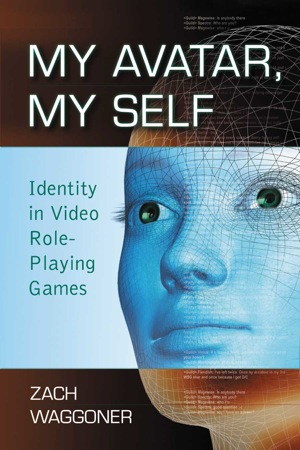

 However, it is psychologically damaging both in psychosocial relationships, employment responsibility and accountability and can even affect our general health to a large degree. You might therefore say that although substance abuse and gambling are faster and
However, it is psychologically damaging both in psychosocial relationships, employment responsibility and accountability and can even affect our general health to a large degree. You might therefore say that although substance abuse and gambling are faster and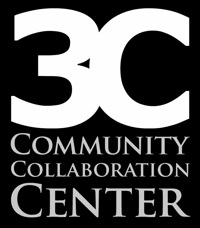
 In 2008, with not a lot of fanfare, the
In 2008, with not a lot of fanfare, the  Born in Kwangju, Korea, and Australian by naturalisation, Professor Young Choi was educated at the Australian National University and the University of Adelaide.
Born in Kwangju, Korea, and Australian by naturalisation, Professor Young Choi was educated at the Australian National University and the University of Adelaide. Prof. Furness is a pioneer in human interface technology and virtual reality. He received the BS degree in Electrical Engineering from Duke University and the Ph.D. in Engineering and Applied Science from the University of Southampton, England. Dr. Furness is currently a professor of Industrial Engineering with adjunct professorships in Electrical Engineering, Mechanical Engineering, Aeronautics and Astronautics, and Human Centered Design and Engineering at the University of Washington. He is the founder of the Human Interface Technology Laboratory (HIT Lab) at UW and founder and international director of the HIT Lab NZ at the University of Canterbury, Christchurch, NZ and the HIT Lab Australia at the University of Tasmania, Launceston, Tasmania. He is also an Erskine Fellow and Adjunct Professor at the University of Canterbury and an Adjunct Professor at the University of Tasmania.
Prof. Furness is a pioneer in human interface technology and virtual reality. He received the BS degree in Electrical Engineering from Duke University and the Ph.D. in Engineering and Applied Science from the University of Southampton, England. Dr. Furness is currently a professor of Industrial Engineering with adjunct professorships in Electrical Engineering, Mechanical Engineering, Aeronautics and Astronautics, and Human Centered Design and Engineering at the University of Washington. He is the founder of the Human Interface Technology Laboratory (HIT Lab) at UW and founder and international director of the HIT Lab NZ at the University of Canterbury, Christchurch, NZ and the HIT Lab Australia at the University of Tasmania, Launceston, Tasmania. He is also an Erskine Fellow and Adjunct Professor at the University of Canterbury and an Adjunct Professor at the University of Tasmania.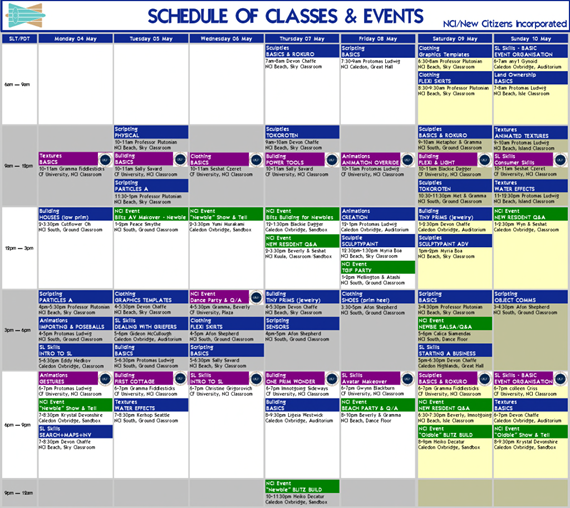
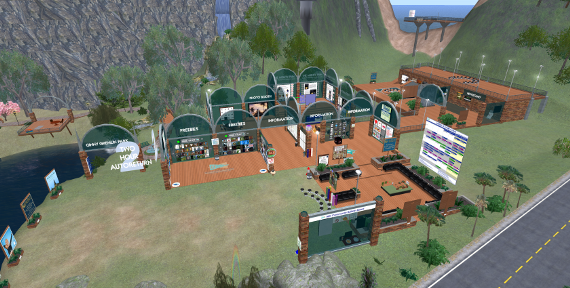
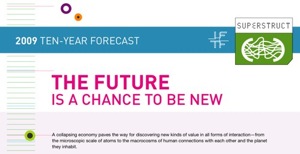 In October 2008
In October 2008
Recent Comments